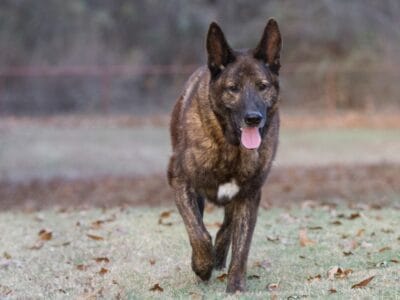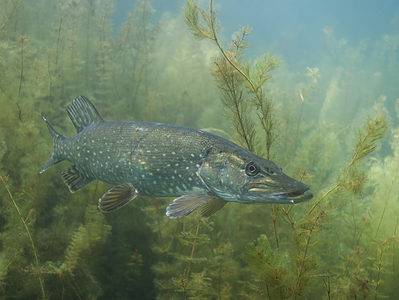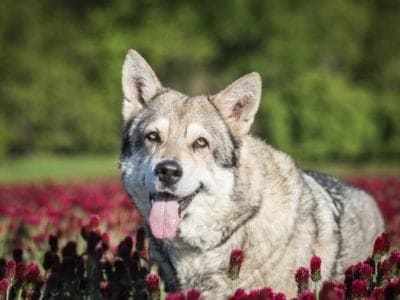Below you can find a list of types of animals in the Netherlands. We currently track 249 animals in Netherlands and are adding more every day!
The Netherlands (also known as Holland) is a small Western European country that has played an important role at the heart of post-Medieval European culture and politics. In Europe, the country sits between Belgium, Germany, and the Atlantic Ocean. It also encompasses the Caribbean islands of Bonaire, Saba, and Sint Eustatius in the Lesser Antilles chain. Much of the country is located below sea level and therefore prone to regular flooding. As a result, the coastline has been altered dramatically over the years to prevent this. The Netherlands harbors quite a few species of bats, rodents, deer, water birds, songbirds, seals, and other large carnivores. Both cetaceans and sea turtles can also be seen off the shore.
Official National Animals
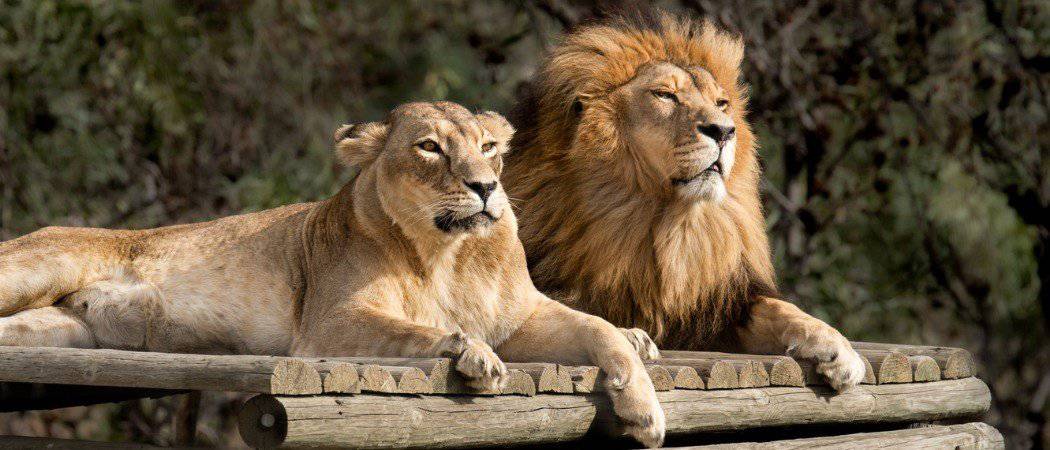
Although lions are not native to the Netherlands, the lion is the national animal for its regal nature.
©iStock.com/Shawn Levin
The lion is widely regarded as a national symbol of the Netherlands. Although lions haven’t existed in Western Europe for thousands of years, this animal was a popular regal symbol of strength and power throughout European history. It has been a part of the country’s coat of arms since its independence in the 16th and 17th centuries. In addition, the black-tailed godwit is the official national bird of the Netherlands. It is a long-legged, long-billed migratory bird that wades into the water to feed.
Where to Find the Top Wild Animals
Despite its small size and high population density, the country has plenty of national parks and nature reserves for wildlife lovers to enjoy native animals of the Netherlands. More than 20 of them cover the country’s diverse ecosystems. De Alde Feanen National Park in Gelderland preserves some 4,000 hectares of lakes, grasslands, and peat bogs in which you can find more than a hundred species of breeding birds. De Maasduinen National Park and De Zoom-Kalmthoutse Heide Cross-Border Park are also good sources of woodpeckers, falcons, hawks, nightjars, harriers, and much more.
The Utrechtse Heuvelrug National Park near the center of the country boasts a crazy amount of glacially-shaped forests, meadows, and lakes inhabited by deer, foxes, woodpeckers, and birds of prey. De Maasduinen National Park, located in the country’s southeast region of Limburg, has a rich selection of wildlife, including beavers, bats, toads, snakes, sand lizards, butterflies, dragonflies, and birds.
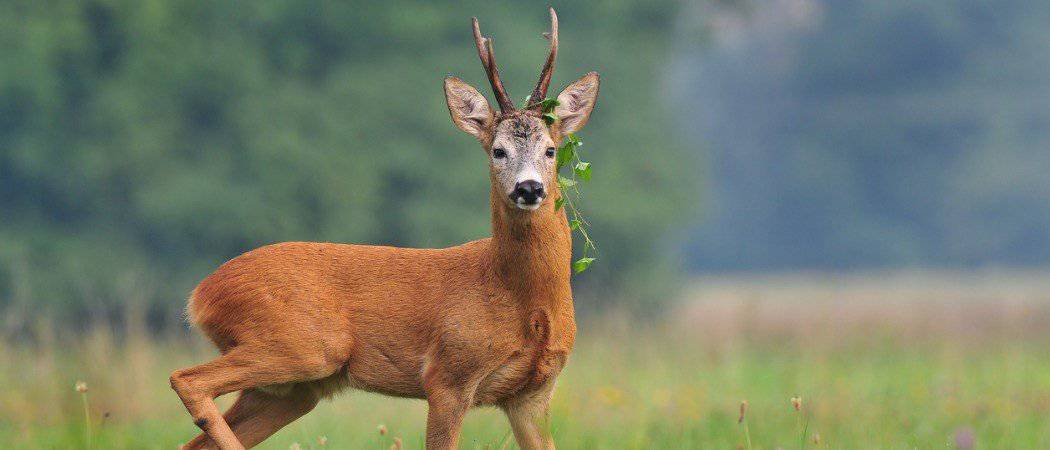
European
Roe deer
can be found at the De Hoge Veluwe National Park.
©Soru Epotok/Shutterstock.com
Another resource is De Hoge Veluwe National Park, which is 55 square kilometers of heathlands, sand dunes, and woodlands. Here you can find red deer, roe deer, wild boars, mouflons, Eurasian wolves, foxes, badgers, and the European pine martin.
National Park De Biesbosch is one of the largest national parks of the Netherlands and one of the last extensive areas of freshwater tidal wetlands in Northwestern Europe. A reclamation project drove off many species, but now the Dutch government plans to return the area to nature and hopes to see the return of beavers, osprey, white-tailed eagles, salmon, trout, shad, smelt, bitterns, kingfishers, the great egret, and the little egret and the re-introduction of moose.
Birds
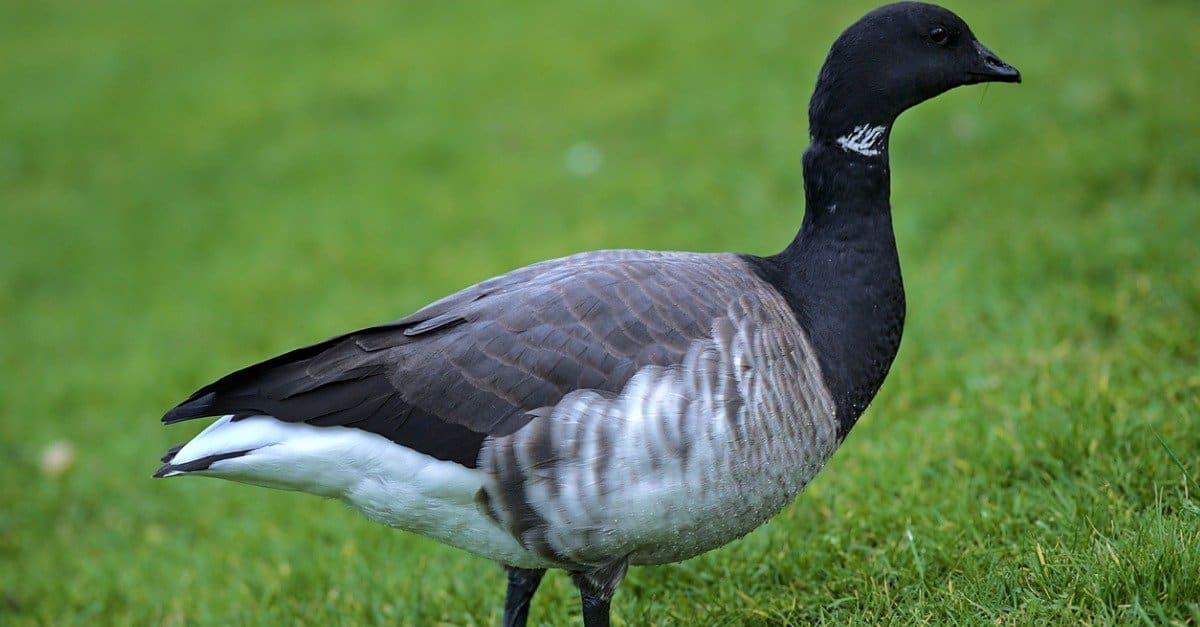
The Lesser White-Fronted Brent is a rare goose that visits the Lauwersmeer birding site.
©iStock.com/Roman Overko
Situated in northwestern Europe, the Netherlands is mostly below sea level, giving way to multitudes of wetlands that provide habitats for hundreds of residential and visiting avifauna, particularly migrating waders. Other habitats such as forests, dunes, heathland, and lakes also render excellent areas for birdwatching. Some of the top birding sites include:
- The Delta – The southwest part of the country consists of estuaries of bisecting rivers is usually referred to as the Delta. Migrant waders and other waterfowl pass through this area on their routes, drawn to the quiet environment.
- Lauwersmeer – Alternatively, Lauwersmeer may be considered the most popular wetland for birding and is surrounded by grasslands, adding to the various species seen here. Rare geese species such as Ross’s goose, Lesser White-fronted, Red-breasted, and Black Brent stop over in the area during migratory season.
- Lapelaarplassen Reserve – Easily accessible from Amsterdam, this reserve is quite exciting to bird watch in, as species such as Bewick’s Swan, Brambling, Sparrowhawks, geese, and other avifauna stop over during the fall.
- In the northern, less-populated parts of Holland, there are many good birding spots, especially along the Usselmeer and Wadden Sea coast. Inland, the woodlands and moors attract red-backed shrike, tits, golden orioles, and many warblers and flycatchers.
There are countless other areas within the country to peacefully watch birds in their natural habitat, whether they’re simply passing through or reside permanently. Birds also flit through urban and suburban areas of the Netherlands, as well.
Fish
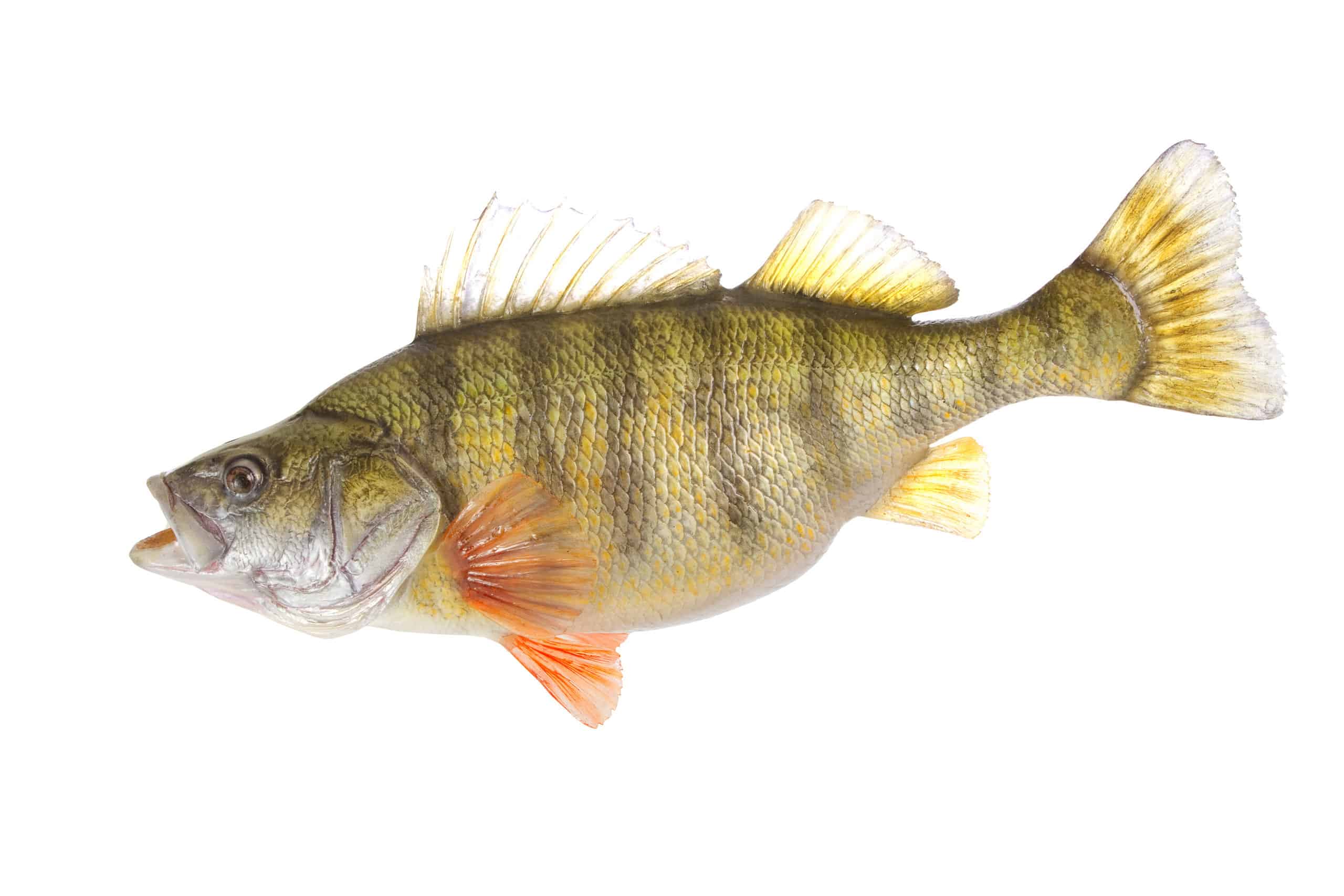
The perch is found in most of the waters of the Netherlands.
©Keith Publicover/Shutterstock.com
The Netherlands is positioned with its coastline along the North Sea and rests mainly below sea level. Several rivers also run through the country and connect, forming estuaries and lakes. Good food, art, history, and scenery draw visitors to the Netherlands and fishing is often disregarded. However, some truly amazing fishing exists here. Listed are some top spots for fishing and what anglers may hope to hook:
- Rhine-Meuse Delta – Where the Rhine and Meuse Rivers merge, an estuary begins and holds quite the array of fish species, from carp and bream to perch and pike.
- Rotterdam Seaport Area – Not only are sea bass a common catch, but other species such as mullet, shad, and sole reign prevalent in the summer. Winter brings around pouting, cod, and whiting.
- Amsterdam – The canals of the city are not only good for bike riding and boating but they provide an opportunity for fishing in an urban setting. Zander, perch, rudd, pike, and carp are regular catches in these winding waters.
- The Lek River – Spanning the entire country, this large and long river is a particular favorite for fishermen in search of perch.
- Wadden Islands – This North Sea archipelago is great for any salt-water fishing, but is best known for the sea bass.
- The Zaan region – Close to Amsterdam, this area is popular for polder fishing, but you can also catch bream, roach, carps, zanders, and more.
Most Dangerous Animals
Snakes
Experiencing a new culture with different people and nature and wildlife is always a thrill. However, it is important to look out for animals that might not be so friendly, such as venomous snakes. However, the Netherlands only has three species of snake and only one of them is venomous: the viper. Otherwise, snakes include grass snakes and smooth snakes, both of which are harmless to humans and tend to avoid them. The Common European Adder (Vipera berus) can be found across most of Europe. ©Holm94/Shutterstock.com
The Netherlands has very few types of animals considered dangerous. Many large predatory animals have been eliminated over the last several thousand years through hunting or loss of habitat. This has made it relatively safe for all human activity. Few species remain that could pose a threat to humans, including:
- Common European Viper – This snake roams a very widespread territory across most of Europe, which leads to quite a few bites every year, but the toxicity of its venom is fortunately quite low. Biting victims can expect mild symptoms to include pain, swelling, and tingling. On rare occasions, the symptoms can escalate into something more dangerous, like nausea, vomiting, fever, and lightheadedness. Regardless of the severity, seek medical attention after a bite, since symptoms may linger for quite some time and affect one’s functionality to a crazy extent.
- Wolves – Wolf sightings are very uncommon in the Netherlands, and those that do cross over are usually just temporary wanderers from France or Germany. However, as wolf numbers continue to recover, this species could conceivably establish a more permanent native presence in the Netherlands. While wolves almost never attack humans, they do have a tendency to hunt livestock, a main reason they were hunted to the point of extinction in Western Europe. Conservationists have tried to help wolves and ranchers co-exist by employing some protective measures to scare them away.
- Hedgehogs – A nocturnal animal, hedgehogs may look cute, but they have sharp spikes that can pierce skin and cause an infection.
- Wild Boars – These dark creatures are also called wild pigs because they are similar in appearance. They have a pointy snout and dangerous tusks that are used to dig for food in the wild. They rarely attack humans, but they can become aggressive if hungry or feel that their young are in danger.
- Ticks and Goats – There really are very few animals in Holland that are dangerous, so that leaves the threat of diseases that can be caught from carriers, which are most commonly ticks and goats in the Netherlands. Makes it seem like a safe country to visit!
Zoos
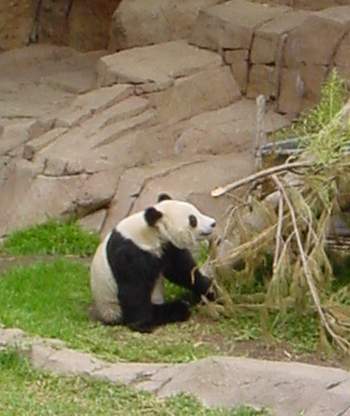
Ouwehands Zoo in Rhenen saw the birth of a
panda
in 2020.
©TimShell / Creative Commons – Original
From boating the canals of Amsterdam to strolling through countless tulips, the Netherlands boasts an array of opportunities for fun and exploration, as well as sights and wildlife to see. Some places to visit wildlife other than wandering forests or the wetlands is in zoos and wildlife parks. Here are several of the country’s top zoos to spend some time in:
- Royal Burger’s Zoo – Welcoming over 1 million guests each year, this Arnhem zoo is quite the attraction. Eight themed areas serve to separate animals into their shared natural environments. An adventure park also welcomes kids during their visit. Exciting events happen almost daily at the zoo including manatee births, breeding fiddler crabs, and sun bears enjoying giant pumpkins.
- Beekse Bergen Safari Park – Unlike other zoos, this zoo is set up in reverse: animals roam free while visitors are the ones entering in secure vehicles. The park is large, holding around 1,300 animals of 150 varying species. Boating and walking tours are available through some sections of the park, creating a fun and active environment within. Eagles, rhinoceros, cows, and many more species inhabit the park.
- Diergaarde Blijdorp – Located in Rotterdam, this zoo is not only home to native and exotic wildlife, a stunning botanical gardens, and a butterfly garden. but it also draws in many visitors. At 150 years old, the zoo is one of the oldest in the Netherlands and is regarded as one of the most beautiful. The zoo also participates in conservation, rehabilitation, and reproductive endeavours. Animals in the zoo range from giraffes to penguins to sharks and many more!
- Natura Artis Magistra – This zoo and botanical garden is in the centre of Amsterdam. Commonly called Artis, it is the oldest zoo in the Netherlands and fifth oldest in the world. Artis also includes an aquarium, a planetarium, an arboretum, Micropia, and the Groote Museum.
- Apenheul Primate Park – A zoo in Apeldoorn, Netherlands, this one specializes in apes and monkeys. Opened in 1971, it was the first zoo in the world to have free-roaming monkeys in a forest where they can interact with humans. This park also has several playgrounds and the largest insect hotel in the world!
- Ouwehands Zoo – One of Holland’s most popular zoos is in Rhenen, in the Dutch province of Utrecht. It started out as a chicken farm with some exotic animals and now is a major zoo that saw the birth of a panda in 2020! It also has a Bear Forest where rescued brown bears live with wolves.
Adventuring through the nature and cities of the Netherlands is truly unbeatable, however, stopping by to support zoos and their efforts in conservation of local and other species around the world is a must, as these establishments provide fun and educational experiences and insights into animals and their habitats.
Endangered Animals
The Netherlands has some 36,000 native animal species. Around 500 of them are under the protection of national law. Despite all efforts to protect the country’s wildlife, the Netherlands is currently in danger of losing several species to extinction from a list of about three dozen that are threatened.
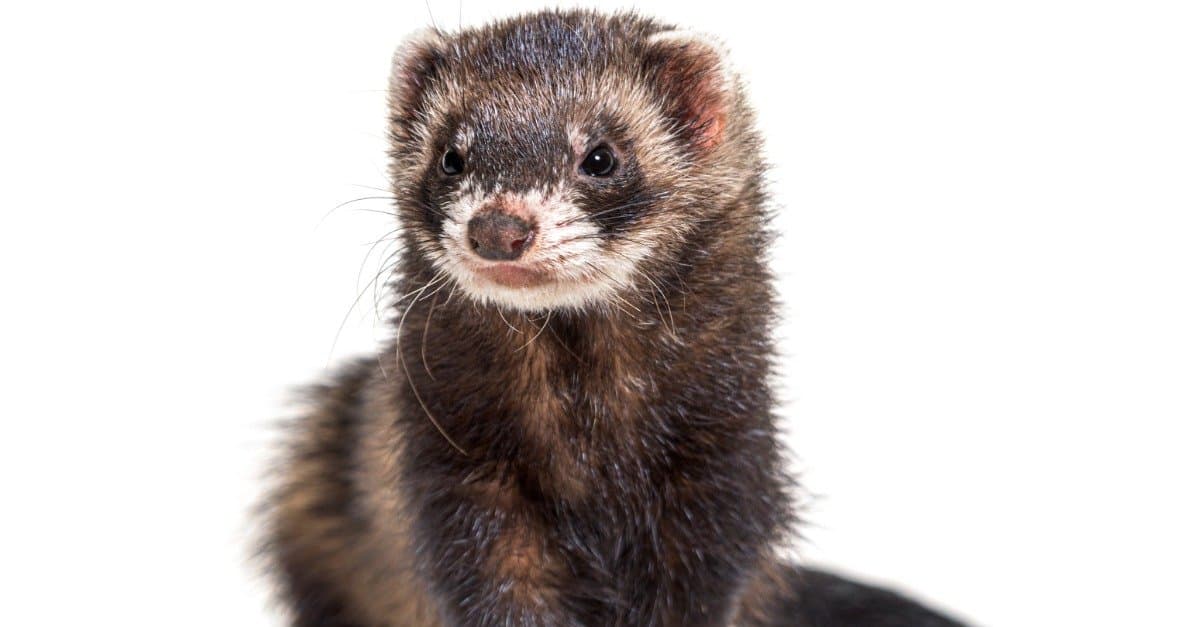
The European polecat is more closely related to the European mink than is the American mink.
©iStock.com/GlobalP
- Balearic shearwater – Considered critically endangered with extinction, this bird’s biggest threat comes from the development of resort hotels near its breeding sites on the Balearic Islands off the eastern coast of Spain. They sometimes migrate in the summer towards the UK and western Europe.
- European Mink – Critically endangered due to a variety of factors including climate change, loss of food supply, and competition with the American mink (although not closely related). It lives by forest streams and feeds on voles, frogs, fish, crustaceans such as crayfish, and insects.
- European Rabbit – Although originally endemic to Spain and Portugal, this rabbit was later introduced to the rest of Western Europe, sometimes causing harm to the local soil. It is considered to be endangered after years of declining populations.
- Hermit Beetle – Habitat loss and fragmentation have caused enough decline in this beetle’s population that it is protected with the highest priority in most European countries where it lives. Also known as the Russian leather beetle, its larvae develop in hollow trees, preferably oak.
Rarest Animal

Spiny Dogfish
or Cape Shark patrolling the seafloor where it lives.
©Doug Costa – Public Domain
The Cape Shark ( Squalous Acantahius) is also known as the spiny dogfish, spurdog, mud shark, or piked dogfish. It is listed as only “Threatened” globally, but in the Atlantic waters near the Netherlands it is listed as Critically Endangered, so there it would be one of the rarest fish to find. Overfishing is the major cause of the Cape Shark’s rapid decline, yet few regulations are in place to protect it. Not only are the fish it eats being overfished, but also the spiny dogfish itself because it is sold commercially as food.
The Cape shark is distinguised by having no anal fin, but it has a spine anterior to each dorsal fin, which it can use defensively by arching its back to pierce the predator and release a venom. It is a bottom dweller, so it lives in shallow waters and hunts in packs to find squid, fish, crab, jellyfish, sea cucumber, shrimp and other invertebrates.
Largest

Scottish Highland cattle, noted for their long shaggy coats, have been introduced to the Netherlands.
©attilio pregnolato/Shutterstock.com
The largest animal in the Netherlands may be the Highland Cow, which was brought over from Scotland. However, the recent introduction of the European bison to the Netherlands may take first place. The largest native animnal is the red deer, followed by the roe deer and the wild board. Another contender for the largest animal may soon be the moose if it is successfully reintroduced to the reclamation areas that are being returned to nature.
Flag

Dutch flag on a pole over beautiful sky.
©iStock.com/macky_ch
The flag of the Netherlands is made up of red, white and blue horizontal bands with each stripe holding its own unique meaning. Red symbolizes strength, bravery and valor, white stands for peace and honesty, while blue represents justice, truth, loyalty and vigilance. It is perhaps the oldest tricolor national flag having evolved in the 17th century from a previous orange, white, and blue flag. It was declared the official flag by edict in 1937.
Although the Netherlands has a reigning royal family, it is a republic. Since the royal family is from the House of Orange, and the old flag used to have an orange stripe, on special occasions the Dutch flag is flow with an orange banner.
National Flower
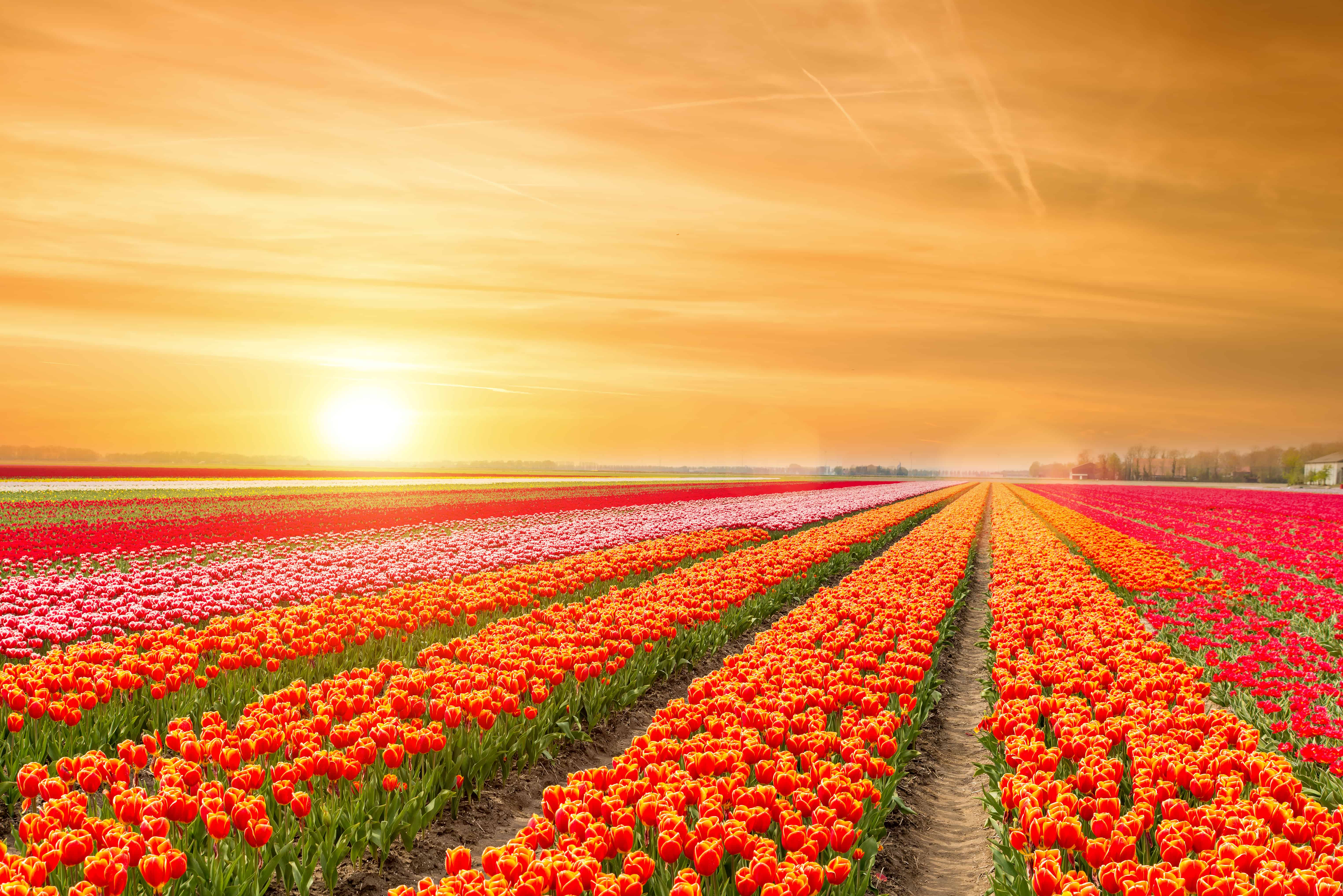
The Netherlands might be always associated with the tulip because it grows billions of them each year.
©iStock.com/Prasit Rodphan
Beyond its famous windmills, wooden clogs, canals and colorful homes, did you know The Netherlands is often synonymous with the tulip flower? It’s no surprise that the tulip is Holland’s national flower.
These beautiful flowers are thought to have arrived in Vienna in 1554 as a gift from the Ottoman Empire, which covered much of Eurasia and the Middle East. They soon became wildly popular all over Europe. In fact, from 1634 to 1637, tulip bulbs were the object of a speculative market that drove the price beyond the annual salaries of most artisans: 3,000-4,500 guilders! Fortunately, when the bubble burst, the strong Dutch economy did not suffer much.
Instead, Holland made tulip growing an industry for which it is still famous, growing billions of them every year in a wide variety of colors. There are now about 75 species of this member of the lily family.
Dutch Animals

Admiral Butterfly
Stunningly beautiful wings

Ant
First evolved 100 million years ago!

Armyworm
They are so named because they "march" in armies of worms from one crop to another in search of food
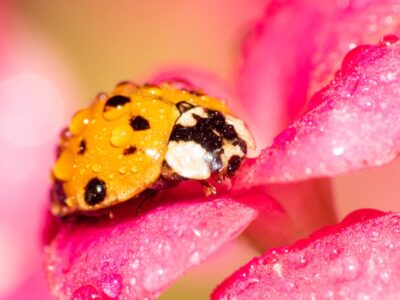
Asian Lady Beetle
Asian lady beetles infest indoor spaces, but they do not reproduce indoors.
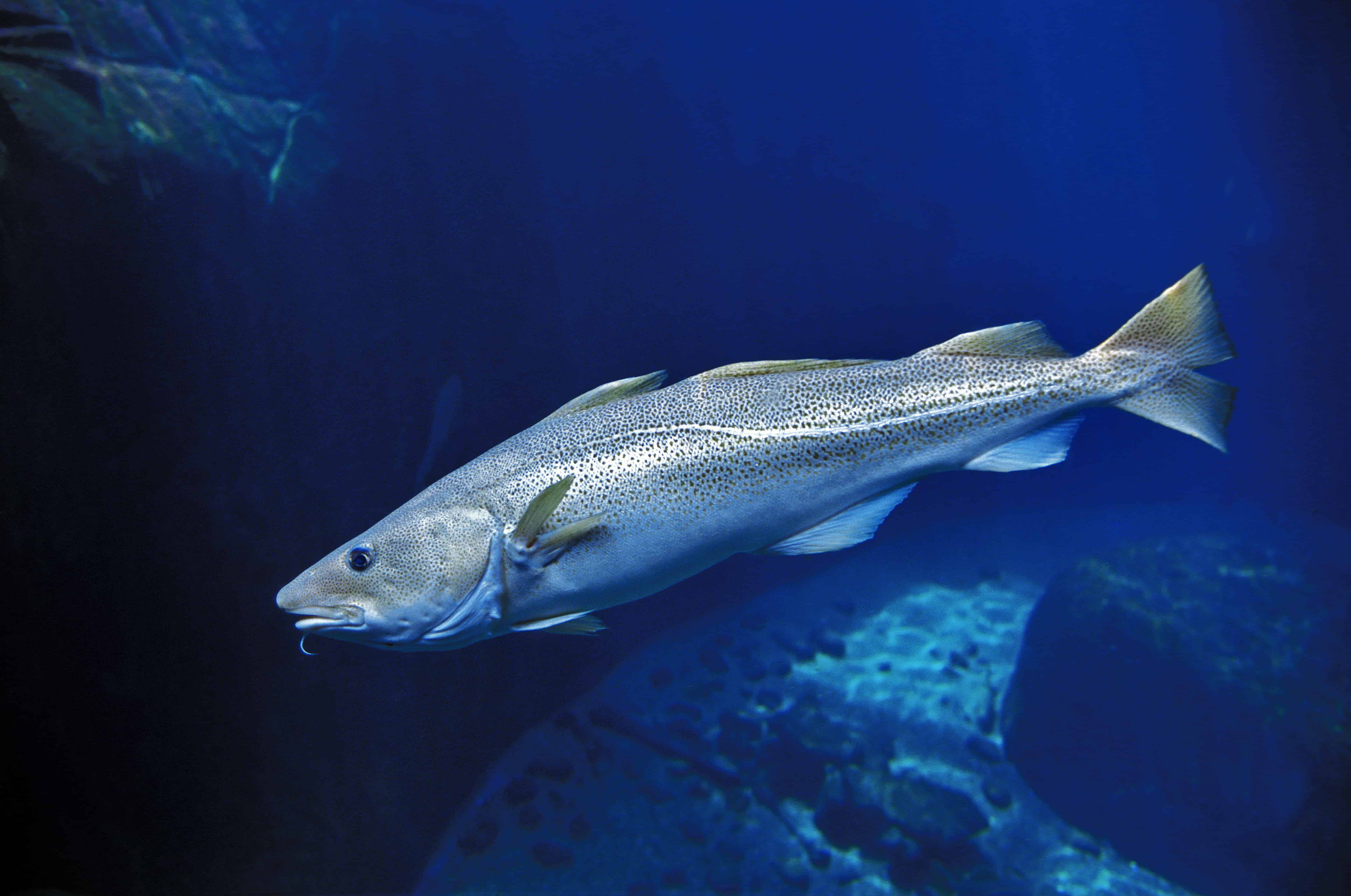
Atlantic Cod
One of the most popular food fishes in the world

Aurochs
Extinct ancestor of all domesticated cattle!

Avocet
Has a curved, upturned beak!
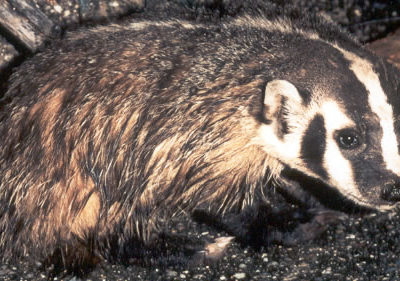
Badger
Can reach speeds of 30 km/h!

Barn Owl
Found everywhere around the world!

Barn Swallow
Older offspring help care for new hatchlings.
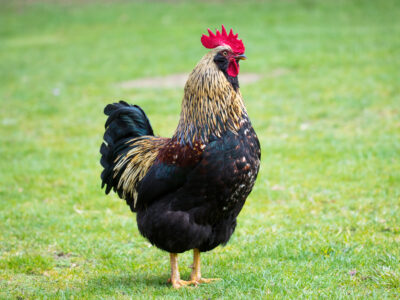
Barnevelder
The average lifespan of a Barnevelder chicken is 7 years. However, if cared for properly, these chickens can live up to 15 years old.

Bat
Detects prey using echolocation!
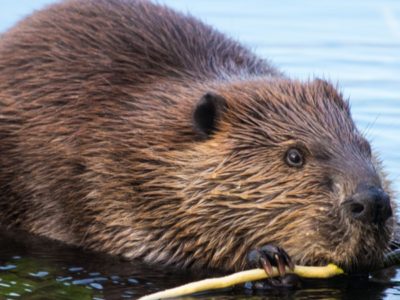
Beaver
Builds a dam from sticks and leaves!

Bed Bugs
Bed bugs feed for 4-12 minutes.

Bee
Rock paintings of bees date back 15,000 years

Beetle
There are more than 350,000 different species

Beewolf wasp
They hunt bees

Bird
Not all birds are able to fly!

Biscuit Beetle
The biscuit beetle form a symbiotic relationship with yeast

Black Widow Spider
They typically prey on insects!
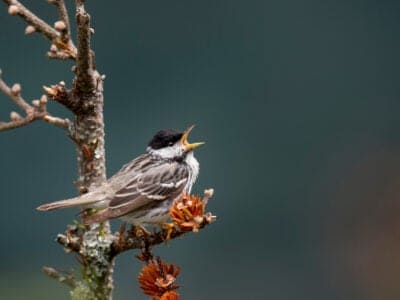
Blackpoll Warbler
They migrate for the longest distance of any warbler.

Booted Bantam
The feathers on the feet of tiny Booted Bantam chickens can reach up to six inches in length!
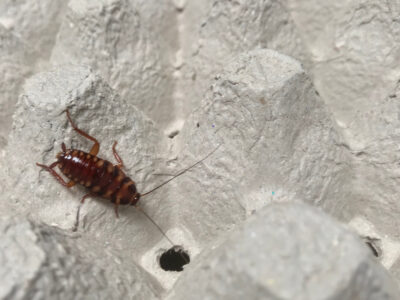
Brown-banded Cockroach
Females glue egg cases to furniture

Brown Dog Tick
Can live its entire life indoors

Bumblebee
The most common species of bee!

Butterfly
There are thought to be up 17,500 species!

Camel Cricket
The camel crickets that are found in the USA are light brown in color. They also have dark streaks all over their body.

Carpenter Ant
Carpenter ants can lift up to seven times their own weight with their teeth!

Cat
May have been domesticated up to 10,000 years ago.

Caterpillar
The larvae of a moth or butterfly!

Catfish
There are nearly 3,000 different species!

Centipede
There are about 3,000 documented species!

Chamois
Natively found in the European mountains!

Chicken
First domesticated more than 10,000 years ago!
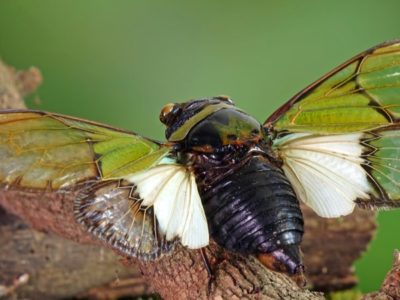
Cicada
Cicadas have one of the longest insect lifespans

Cockroach
Dated to be around 300 million years old!

Codling Moth
Pupae are able to undergo diapause to survive poor fruit yield years and winter.

Common Buzzard
The most common raptor in the UK!

Common European Adder
European adders are the only snake that lives above the Arctic Circle.
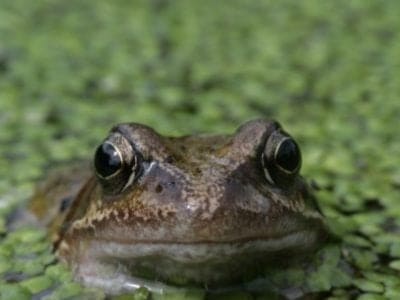
Common Frog
Found throughout the European continent!

Common Furniture Beetle
The common furniture beetle feeds exclusively on wood

Common House Spider
House spiders have the ability to eat most insects in a home.
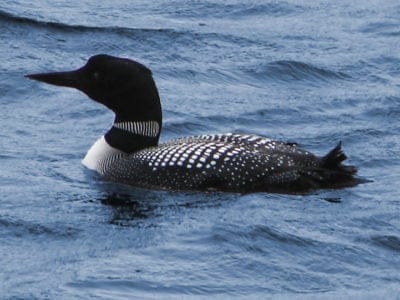
Common Loon
Also known as the Great Northern Diver

Common Raven
A group of ravens is called an unkindness or a conspiracy.

Common Toad
Most active in wet weather!

Cormorant
They can fly 35 mph and dive 150 feet below water.

Cow
There are nearly 1.5 billion worldwide!

Crab
There are 93 different crab groups

Crab Spider
Crab Spiders can mimic ants or bird droppings

Crane
Many are critically endangered species!

Cricket
Male crickets can produce sounds by rubbing their wings together

Crow
A group of these birds is called a Murder.

Deer
There are around 40 different species!
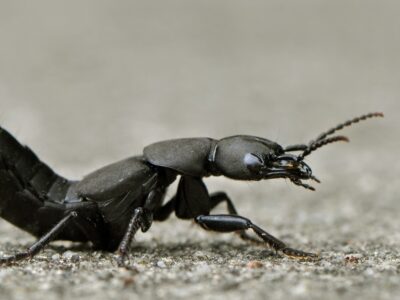
Devil’s Coach Horse Beetle
The Devil’s coach horse beetle can emit a noxious substance to deter predators

Dog
First domesticated in South-East Asia!

Dog Tick
Dog ticks feed on dogs and other mammals

Donkey
First domesticated 5,000 years ago!

Dragonfly
It's larvae are carnivorous!

Duck
Rows of tiny plates line their teeth!

Dung Beetle
The dung beetle can push objects many times its own weight

Eagle
Has exceptional eyesight!

Earthworm
They are hermaphrodites, which means they have male and female organs

Earwig
There are nearly 2,000 different species!

Edible Frog
Are known to guard the muddy banks!

Eel
Eels can be a mere few inches long to 13 feet!
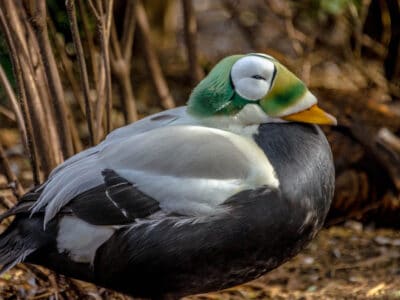
Eider
Eiders are sexually dimorphic, with males being larger and more colorful.

Ermine
A very bold and ferocious predator!
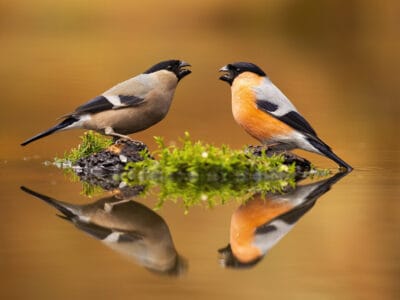
Eurasian Bullfinch
The shy eurasian bullfinch prefers to forage very close to cover.
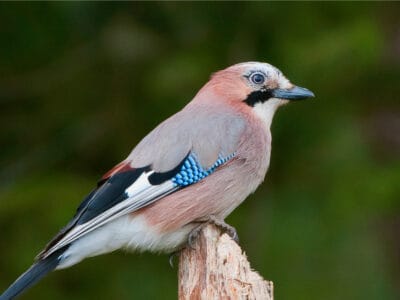
Eurasian Jay
The Eurasian jay has the ability to mimic other sounds
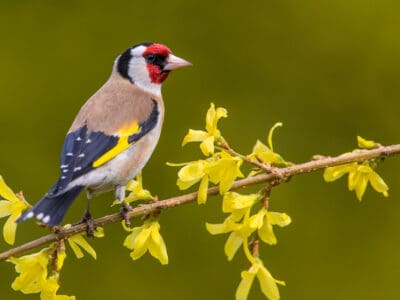
European Goldfinch
They are frequent visitors to backyard feeders, especially those containing niger seeds.

European Robin
Male robins are so aggressive and territorial that they will attack their own reflections.

European Wildcat
A group of wild cats is called a destruction

Falcon
The fastest creatures on the planet!

Fallow deer
The fallow deer has more variation in its coat colors than most other deer.

False Widow Spider
False spiders actually prey on black widow spiders and other hazardous spiders
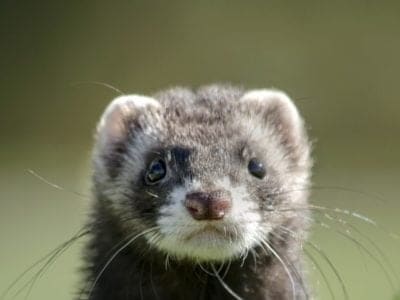
Ferret
Ferrets can be trained to do tricks like dogs!
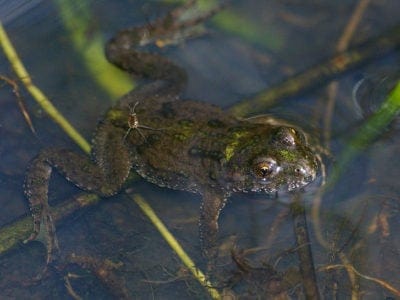
Fire-Bellied Toad
Found across mainland Europe and Asia!
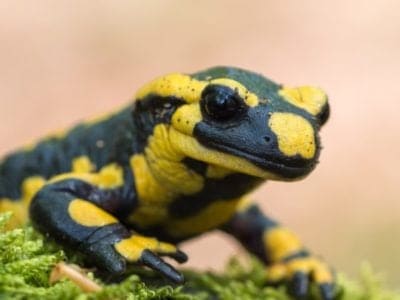
Fire Salamander
Its name comes from the fact that people once believed it was born in fire

Firefly
The firefly produces some of the most efficient light in the world

Flea
Adult fleas can jump up to 7 inches in the air
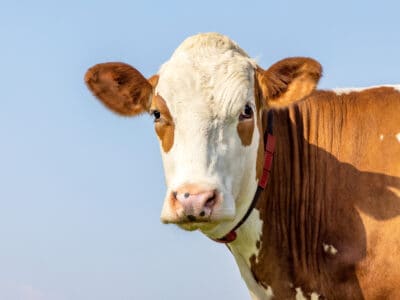
Fleckvieh Cattle
Besides being bred for milk and meat, these cattle were also used as draft oxen.

Fly
There are more than 240,000 different species!

Flying Squirrel
Can glide up to 90 meters!

Fox
Only 12 species are considered "true foxes"

Frog
There are around 7,000 different species!

Fruit Fly
Fruit flies are among the most common research animals in the world

German Cockroach
The most common type of urban roach

Glass Lizard
Can grow up to 4ft long!

Glowworm
Found inhabiting dense woodland and caves!

Gnat
Males form large mating swarms at dusk

Goat
Most closely related to the Sheep!

Goldcrest
The goldcrest never starts moving and needs to consume for most of the day to survive. Therefore, in the colder months, it's best that eat 90% a day.

Golden Oriole
Migrates between Europe and Asia!

Goose
There are 29 different species!

Grasshopper
There are 11,000 known species!

Gypsy Moth
One of the most invasive species in the world
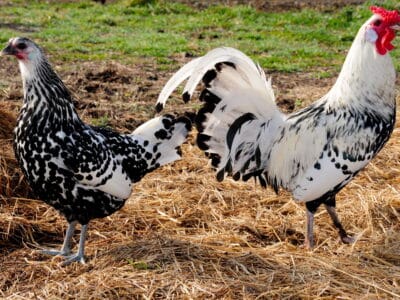
Hamburg Chicken
This breed doesn't usually make nests or incubate their own chicks.

Hamster
Able to run as quickly backwards as forwards!

Hare
Can reach speeds of over 50 mph!

Hawk Moth Caterpillar
Many hawk moth caterpillars eat toxins from plants, but don’t sequester them the way milkweed butterflies do. Most toxins are excreted.

Hedgehog
Thought to be one of the oldest mammals on Earth!

Heron
Inhabits wetlands around the world!

Highland Cattle
Natively found in the Scottish Highlands!

Honey Bee
There are only 8 recognized species!
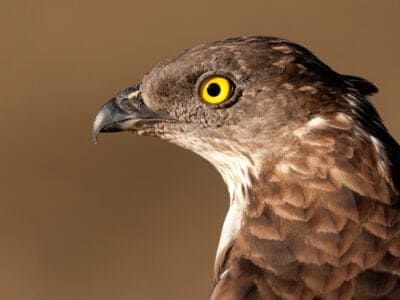
Honey Buzzard
Honey buzzards are medium-sized raptors that earned their names by raiding the nests of bees and wasps.

Hoopoe
Stunning bird with a stinky way to deter predators!

Horse
Has evolved over 50 million years!

Horsefly
Horseflies have been seen performing Immelmann turns, much like fighter jets.

Housefly
The fly has no teeth

Human
Thought to have orignated 200,000 years ago!

Huntsman Spider
Some huntsman spiders have an interesting way of moving around. Some cartwheel while others do handsprings or backflips.

Insects
There are an estimated 30 million species!

Jackdaw
The jackdaw tends to mate for life with a single partner

Jumping Spider
Some can jump 50 times the length of their bodies

Keeshond
Friendly, alert dogs that are loyal to their owners
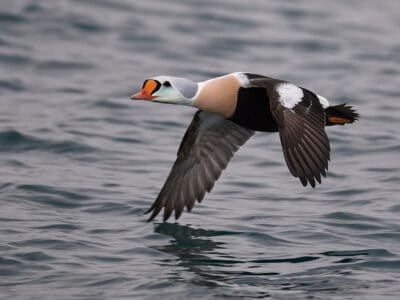
King Eider
The species name, spectabilis, is Latin for “showy” or “remarkable,” referencing the attractiveness of the adult male’s plumage.

Kingfisher
Inhabits wetlands and woodlands worldwide!
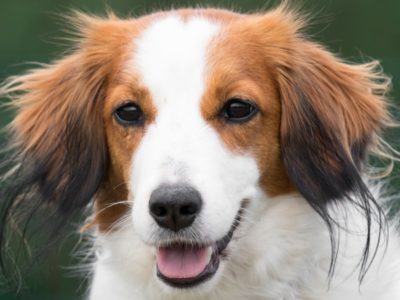
Kooikerhondje
If Kooikerhondjes look familiar, it’s because old Dutch masters like Rembrandt and Jan Steen liked to paint them.

Ladybug
There are more than 5,000 species worldwide!

Leech
Has 10 pairs of eyes!

Lemming
Does not hibernate during the bitter Arctic winter!

Linnet
While linnets are monogamous during mating season, they do not mate for life. While breeding pairs are together, the males are highly territorial and will defend the nesting site and the surrounding area.

Lizard
There are around 5,000 different species!
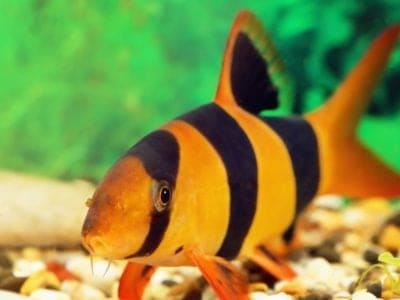
Loach
Have sharp spines below their eyes

Locust
Each locust can eat its weight in plants each day.

Long-Eared Owl
Ear tufts make it look bigger!
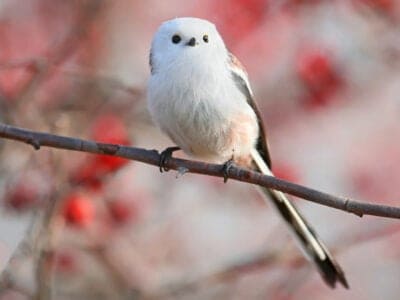
Long-Tailed Tit
Often hangs upside down while feeding!

Magpie
They are found across Europe, Asia and Africa!

Marsh Frog
Has bright green skin!

Mayfly
There are 2,500 known species worldwide!

Mealybug
They have a symbiotic relationship with ants.

Millipede
Some species have a poisonous bite!

Mole
Primarily hunts and feeds on Earthworms!

Mole Cricket
Adult Mole crickets may fly as far as 5 miles during mating season and are active most of the year.

Mongrel
Has characteristics of two or more breeds!

Moorhen
Feeds on aquatic insects and water-spiders!

Mosquito
Only the female mosquito actually sucks blood

Moth
There are 250,000 different species!

Mouse
Found on every continent on Earth!

Mule
The offspring of a horse and donkey parents!

Natterjack
Can lay up to 7500 eggs

Neanderthal
Roamed Asia and Europe for around 100,000 years!

Nematode
Nematodes range in size from 1/10 of an inch to 28 feet long
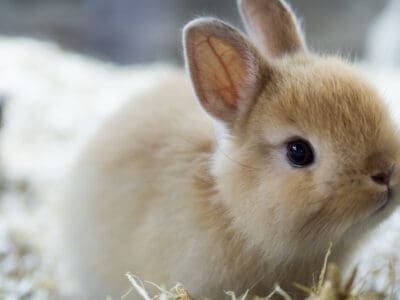
Netherland Dwarf Rabbit
The Netherland dwarf rabbit is the smallest domestic rabbit breed in the world.

Newt
Able to regrow lost or damaged limbs!

Nightingale
Named more than 1,000 years ago!

No See Ums
There are more than 5,000 species.

Northern Pintail
Northern pintails migrate at night with speeds reaching 48 miles per hour!

Old House Borer
Depending on the habitat and climate, these beetles can live between 2 to 10 years, often staying in their larval stage for several years, making them extremely dangerous to wooden structures.

Orb Weaver
Females are about four times the size of males

Ortolan Bunting
The tradition of hiding your face with a napkin or towel while eating this bird was begun by a priest who was a friend of the great French gastronome Jean Anthelme Brillat-Savarin.

Osprey
They reuse nesting sites for 70 years!

Otter
There are 13 different species worldwide

Owl
The owl can rotate its head some 270 degrees
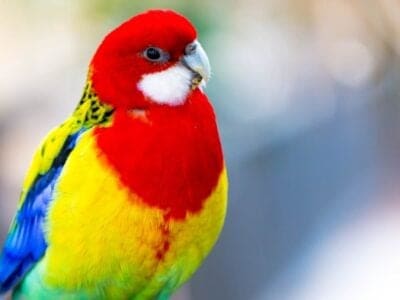
Parakeet
Monk parakeets are the only parakeets that actually build nests. They’re also the only parakeets to nest in great colonies.
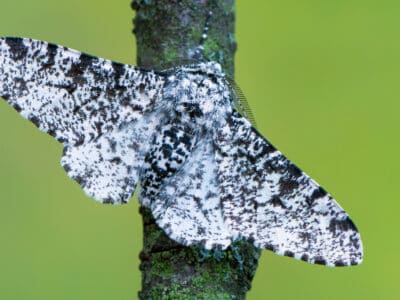
Peppered Moth
Teachers in schools often use the evolution of the peppered moth as a good example of Darwin’s theory of natural selection.

Peregrine Falcon
Fastest animal on Earth

Pheasant
Females lay between 8 and 12 eggs per clutch!

Pig
Thought to have been domesticated in 9,000 BC!

Pigeon
They can find their way back to their nests from up to 1300 miles away.

Pika
Found in mountainous regions and rocky areas

Pine Marten
A pine marten can jump from tree to tree similar to a squirrel.

Pompano Fish
They are bottom-feeders

Pond Skater
There are 500 different species!
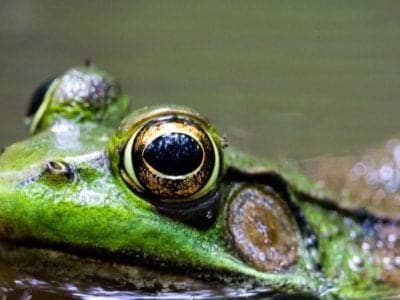
Pool Frog
The rarest amphibian in the UK!

Porcupine
There are 30 different species worldwide!

Purple Emperor Butterfly
Inhabits deciduous forests!
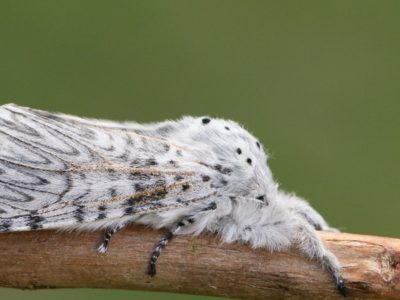
Puss Moth
Caterpillars squirt formic acid!
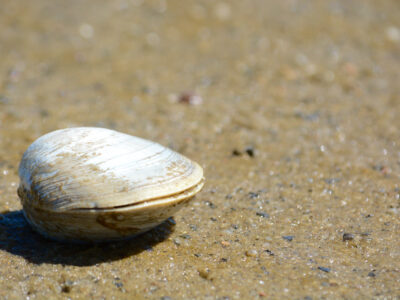
Quahog Clam
Their hinged shell protects their soft body

Quail
Inhabits woodland and forest areas worldwide!

Rabbit
There are more than 300 different species!
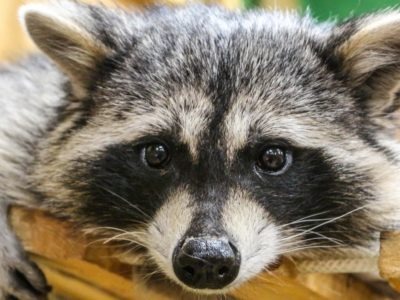
Raccoon
Known to wash their food before eating it!
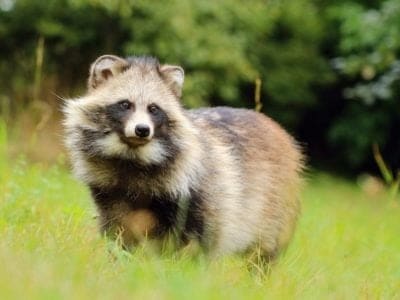
Raccoon Dog
The only hibernating canine!

Rat
Omnivores that eat anything!

Red Deer
A male red deer shows his age in his antlers, which become longer and more branched every year.
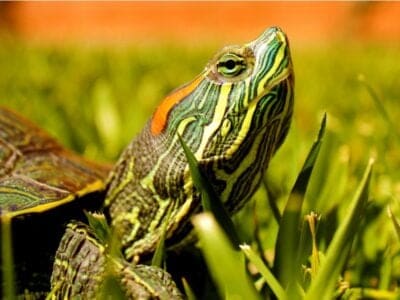
Red-Eared Slider
Sliders spend lots of time basking in the sun. As cold-blooded animals, they need the sun to heat up.
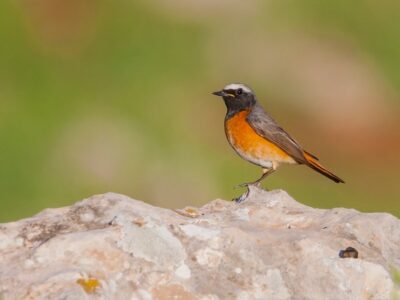
Redstart
They build their nests off the ground in tree holes, cavities, stone walls, and roofs

River Turtle
Inhabits freshwater habitats around the world!

Robin
There are more than 45 species in Australia alone!

Rodents
The capybara, the world’s largest rodent, likes to be in and around bodies of water. Because of this, the Catholic Church in South America decided that it was a fish, and people were allowed to eat it during Lent and First Fridays.
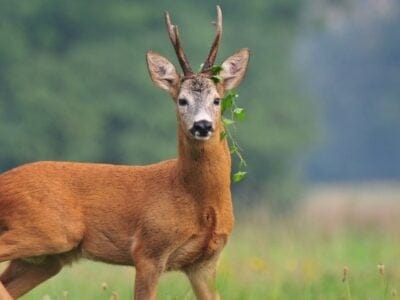
Roe Deer
The roe is one of the most popular game animals in Europe

Rooster
Will mate with the entire flock!
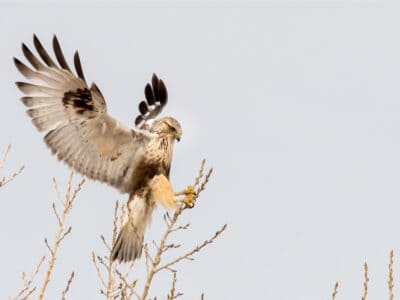
Rough-Legged Hawk (Rough-Legged Buzzard)
Its scientific name, lagopus, is Ancient Greek for “hare” and “foot,” referring to its feathered feet and toes.

Sable Ferret
Ferrets were used during the Revolutionary War to keep down the rat population.

Salamander
There are more than 700 different species!

Sand Crab
The sand crab burrows beneath the sand with its tail
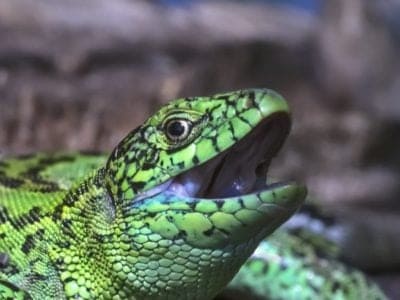
Sand Lizard
Males turn green in spring!

Schapendoes
The Schapendoes numbers decreased significantly during the Second World War, along with many other European Sheepdog breeds.

Scorpion
There are around 2,000 known species!

Sea Eagle
The sea eagle tends to mate for life with a single partner

Seahorse
Males give birth to up to 1,000 offspring!

Sheep
Around 35 million in the English countryside!

Short-Eared Owl
The short-eared owl is one of the most widespread owl species in the world, covering five continents.

Shrew
The spinal column of the shrew Scutisorex somereni is so strong and reinforced that it can support the weight of an adult human.

Shrimp
There are 2,000 different species worldwide!

Skink Lizard
Some skinks lay eggs in some habitats while giving birth to skinklets in other habitats.

Slow Worm
Found widely throughout British gardens!

Slug
They glide around on one foot, which is aided by the slime they produce

Smokybrown Cockroach
Has up to 45 eggs per egg case

Snail
There are nearly 1,000 different species!

Snake
There are around 4,000 known species worldwide

Snowy Owl
One of the largest owl species in the world!
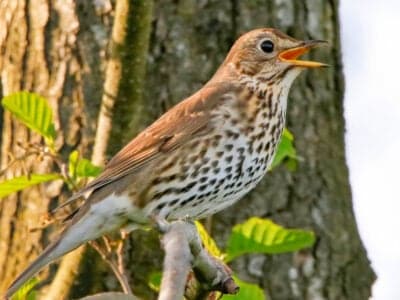
Song Thrush
A male song thrush can have over 100 phrases in his repertoire of songs and can imitate pet birds, telephones and other man-made objects.

Spadefoot Toad
They spend most of their time underground!

Sparrow
There are 140 different species!

Spider Wasp
They prey on spiders to feed their larvae or they parasitize other spider wasps.

Squirrel
Small rodents found in woodlands worldwide!
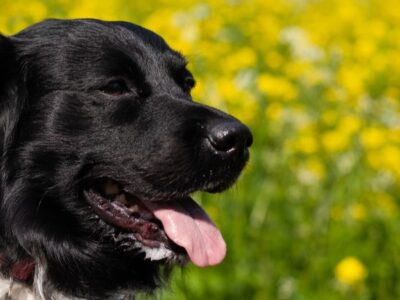
Stabyhoun
It is a versatile, all-around working breed and pet.
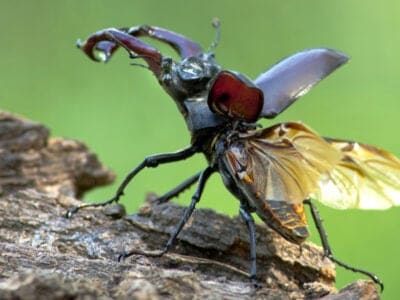
Stag Beetle
The stag beetle consumes rotting and decaying wood when it is in the larva stage.

Stick Insect
There are more than 3,000 different species!

Stoat
Average adults weigh about 200 grams!

Stork
They can’t sing like other birds.

Swan
Populations have been affected by pollution!
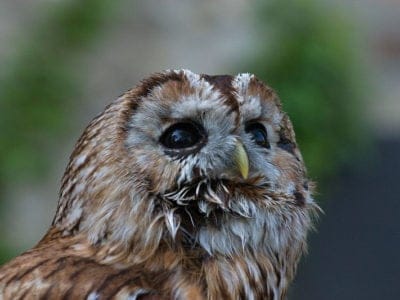
Tawny Owl
The most widespread owl in Europe!
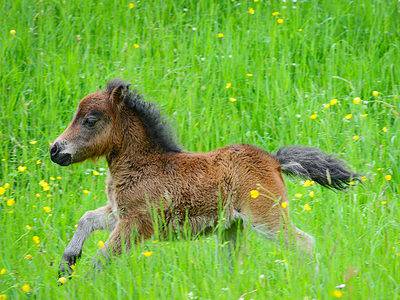
Teacup Miniature Horse
Female teacup minis become sexually mature between 2 and 5 years old, but breeders typically wait until their horse is 3 before letting her reproduce to prevent complications.

Termite
Their mounds can be up to 9 meters tall!
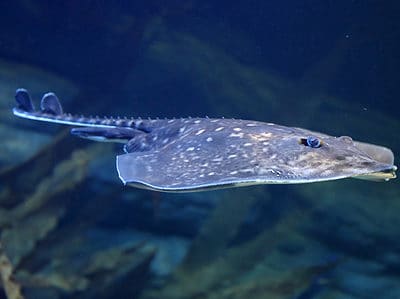
Thornback Ray
The skate with the biggest spines!

Thrush
The American robin is called the robin because its red breast reminded European settlers of the robin back in the old country.

Tick
They inject hosts with a chemical that stops them from feeling the pain of the bite

Tiger Beetle
The adult tiger beetle is one of the fastest land insects in the world
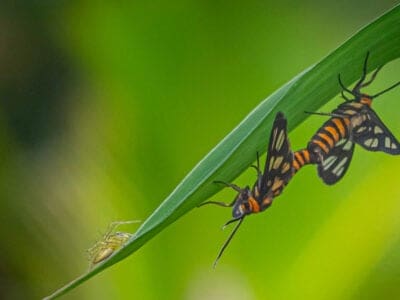
Tiger Moth
The bright colors of this moth are a signal to predators that it has a terrible taste.

Tree Cricket
They make music with their wings

Tree Frog
Found in warmer jungles and forests!

Turtles
Some species of aquatic turtles can get up to 70 percent of their oxygen through their butt.

Viper
Vipers are one of the most widespread groups of snakes and inhabit most

Vulture
There are 30 different species worldwide!

Wasp
There are around 75,000 recognised species!

Water Buffalo
Has been domesticated for thousands of years!
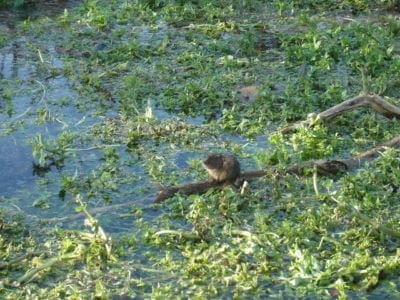
Water Vole
The largest Vole species in the UK!

Wax Moth
The Wax Moth larvae are more dangerous than the adult.

Weasel
The smallest carnivorous mammal in the world!

White Ferret / Albino Ferrets
There are two different types of white ferrets!
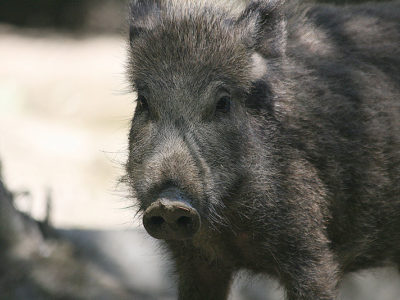
Wild Boar
Males have a top tusk to sharpen the bottom one!

Wolf
Thought to date back more than 300,000 years!

Wolf Spider
Carnivorous arachnid that hunts its prey.

Woodlouse
This animal can roll up into a ball

Woodlouse Spider
Unlike most spiders, woodlouse spiders don’t build a web.

Woodpecker
There are 200 different species!
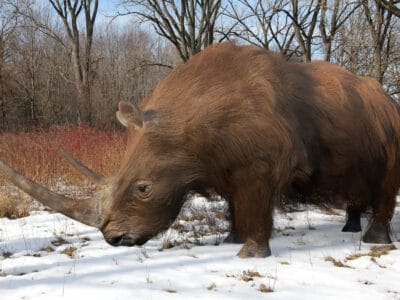
Woolly Rhinoceros
The woolly rhinoceros roamed the earth between three and a half million and 14,000 years ago.

Worm
Doesn’t have eyes.

Wryneck
They feign death by making their bodies limp and closing their eyes.
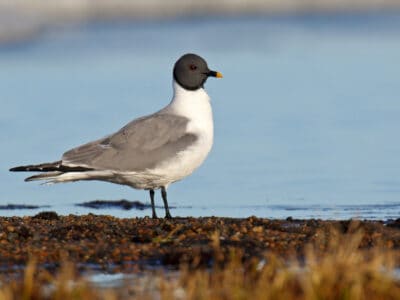
Xeme (Sabine’s Gull)
They follow after seals and whales to eat their scraps.

Yellowhammer
It interbreeds with the pine bunting
Dutch Animals List
- Admiral Butterfly
- Ant
- Armyworm
- Asian Lady Beetle
- Atlantic Cod
- Aurochs
- Avocet
- Badger
- Barn Owl
- Barn Swallow
- Barnevelder
- Bat
- Beaver
- Bed Bugs
- Bee
- Beetle
- Beewolf wasp
- Bird
- Biscuit Beetle
- Black Widow Spider
- Blackpoll Warbler
- Booted Bantam
- Brown-banded Cockroach
- Brown Dog Tick
- Bumblebee
- Butterfly
- Camel Cricket
- Carpenter Ant
- Cat
- Caterpillar
- Catfish
- Centipede
- Chamois
- Chicken
- Cicada
- Cockroach
- Codling Moth
- Common Buzzard
- Common European Adder
- Common Frog
- Common Furniture Beetle
- Common House Spider
- Common Loon
- Common Raven
- Common Toad
- Cormorant
- Cow
- Crab
- Crab Spider
- Crane
- Cricket
- Crow
- Cuckoo
- Deer
- Devil’s Coach Horse Beetle
- Dog
- Dog Tick
- Donkey
- Dormouse
- Dragonfly
- Duck
- Dung Beetle
- Dutch Shepherd
- Eagle
- Earthworm
- Earwig
- Edible Frog
- Eel
- Eider
- Ermine
- Eurasian Bullfinch
- Eurasian Jay
- European Goldfinch
- European Robin
- European Wildcat
- Falcon
- Fallow deer
- False Widow Spider
- Ferret
- Fire-Bellied Toad
- Fire Salamander
- Firefly
- Flea
- Fleckvieh Cattle
- Fly
- Flying Squirrel
- Fox
- Frog
- Fruit Fly
- German Cockroach
- Glass Lizard
- Glowworm
- Gnat
- Goat
- Goldcrest
- Golden Oriole
- Goose
- Grasshopper
- Gypsy Moth
- Hamburg Chicken
- Hamster
- Hare
- Hawk Moth Caterpillar
- Hedgehog
- Heron
- Highland Cattle
- Honey Bee
- Honey Buzzard
- Hoopoe
- Horse
- Horsefly
- Housefly
- Human
- Huntsman Spider
- Insects
- Jackdaw
- Jumping Spider
- Keeshond
- King Eider
- Kingfisher
- Kooikerhondje
- Ladybug
- Leech
- Lemming
- Linnet
- Lizard
- Loach
- Locust
- Long-Eared Owl
- Long-Tailed Tit
- Magpie
- Marsh Frog
- Mayfly
- Mealybug
- Millipede
- Mole
- Mole Cricket
- Mongrel
- Moorhen
- Mosquito
- Moth
- Mouse
- Mule
- Natterjack
- Neanderthal
- Nematode
- Netherland Dwarf Rabbit
- Newt
- Nightingale
- No See Ums
- Northern Pintail
- Old House Borer
- Orb Weaver
- Ortolan Bunting
- Osprey
- Otter
- Owl
- Parakeet
- Peppered Moth
- Peregrine Falcon
- Pheasant
- Pig
- Pigeon
- Pika
- Pike Fish
- Pine Marten
- Pompano Fish
- Pond Skater
- Pool Frog
- Porcupine
- Purple Emperor Butterfly
- Puss Moth
- Quahog Clam
- Quail
- Rabbit
- Raccoon
- Raccoon Dog
- Rat
- Red Deer
- Red-Eared Slider
- Redstart
- River Turtle
- Robin
- Rodents
- Roe Deer
- Rooster
- Rough-Legged Hawk (Rough-Legged Buzzard)
- Saarloos Wolfdog
- Sable Ferret
- Salamander
- Sand Crab
- Sand Lizard
- Schapendoes
- Scorpion
- Sea Eagle
- Seahorse
- Sheep
- Short-Eared Owl
- Shrew
- Shrimp
- Skink Lizard
- Slow Worm
- Slug
- Smokybrown Cockroach
- Snail
- Snake
- Snowy Owl
- Song Thrush
- Spadefoot Toad
- Sparrow
- Spider Wasp
- Squirrel
- Stabyhoun
- Stag Beetle
- Stick Insect
- Stoat
- Stork
- Swallowtail Butterfly
- Swan
- Tawny Owl
- Teacup Miniature Horse
- Termite
- Thornback Ray
- Thrush
- Tick
- Tiger Beetle
- Tiger Moth
- Tree Cricket
- Tree Frog
- Turtles
- Viper
- Vulture
- Wasp
- Water Buffalo
- Water Vole
- Wax Moth
- Weasel
- White Ferret / Albino Ferrets
- Wild Boar
- Wolf
- Wolf Spider
- Woodlouse
- Woodlouse Spider
- Woodpecker
- Woolly Rhinoceros
- Worm
- Wryneck
- Xeme (Sabine’s Gull)
- Yellowhammer
The Netherlands FAQs (Frequently Asked Questions)
What animals live in Netherlands?
The Netherlands contains plenty of native bats, rodents, hares, shrews, weasels, deer, boar, songbirds, water birds, and birds of prey. Because of its long coastline, the country also has quite a few aquatic and semi-aquatic animals, including seals, whales, and marine turtles.
What is the most common animal in the Netherlands?
Although an exact count hasn’t been done, the most common animals are probably insects such as flies or ants, while the most common mammals are likely mice and rats.
Are there bears in the Netherlands?
The Netherlands no longer has any native species of bears. It is believed that the brown bear disappeared from the country in the 11th century.
What animals once lived in the Netherlands?
Along with the brown bear, the Netherlands was once home to the European elk, Eurasian lynx, European mink, and the now extinct aurochs, a species of wild cattle. Many of these species were driven out by hunting or habitat loss.






